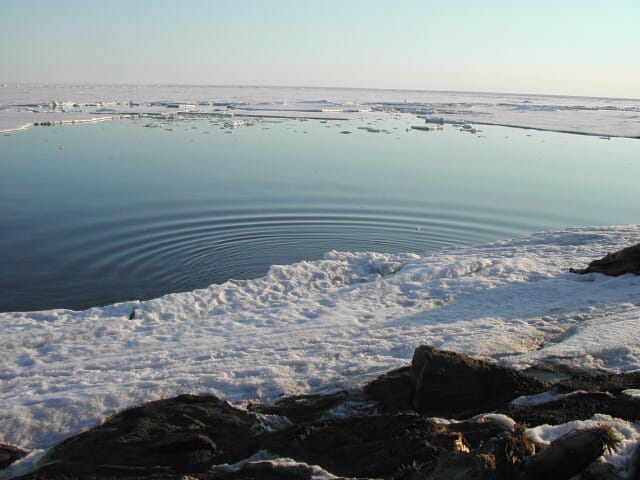In a race against time, multiple rescue teams in Alaska are scouring the remote and icy expanse of Norton Sound to locate a missing aircraft that was carrying 10 people. The plane, a Cessna Caravan operated by regional airline Bering Air, vanished on Thursday afternoon during its transit from Unalakleet to Nome. The passengers and the pilot comprised the total of 10 people aboard.
The alarm was first raised when the scheduled check-in from the flight failed to occur. Officials confirm that contact with the plane was lost less than an hour after it departed from Unalakleet. It was last tracked over Norton Sound, south of the Arctic Circle.
Local and national emergency teams, including the U.S. Coast Guard, have been mobilized as part of the search effort. A Jayhawk helicopter has been deployed alongside HC-130 Hercules aircraft to search the vast and challenging terrain. Teams have reported difficult weather conditions, including reduced visibility and Arctic temperatures, further complicating the rescue operation.
As the hours stretch into days, authorities and families await news, highlighting the harsh realities and risks of aviation in Alaska’s remote regions. As one of the most sparsely populated and rugged areas in the United States, Alaska poses significant challenges for air travel, often relied upon as a lifeline for its isolated communities.
Numerous agencies are combining their expertise in hopes of a breakthrough. “These are some of the harshest conditions for rescue operations, but every effort is being made to locate the missing persons,” said a representative from the Alaska Department of Public Safety.
At this point, very few details about the missing aircraft have been released. Aviation experts note that the Cessna Caravan, an aircraft widely used in rural settings for its reliability and efficiency, rarely encounters such catastrophic incidents unless compounded by severe weather or mechanical issues.
For now, rescue teams remain focused on scanning the icy waters and treacherous coastline south of Nome. They are also calling upon community members for any relevant observations or sightings. Within these efforts lies the solemn hope that surveillance and teamwork can bring some clarity to family members and loved ones waiting for resolution.
The federal government is also monitoring the situation. The National Transportation Safety Board (NTSB) has indicated it is ready to investigate the matter should officials confirm any crash or accident.
Today’s search exemplifies the solidarity of Alaskan residents echoing their support for affected families and rescue personnel. Alaska, often perceived as unforgiving in its winters, continues to test human resilience and the limits of technology in the face of tragedy.
The incident remains under investigation, and authorities stress that all theories are being explored, including mechanical failure, pilot error, or navigation difficulties specific to this sparsely mapped region.
For now, emergency crews remain unwavering in their mission as they push through daunting conditions in search of the missing Cessna Caravan.


